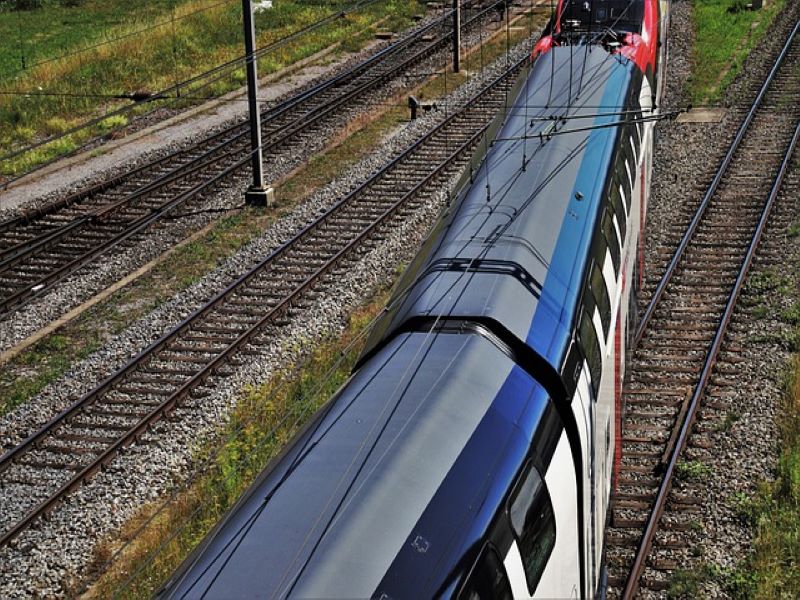
China Railway Chengdu Bureau Group has launched the last section of the Chengdu-Kunming Railway expansion and renovation project.
The C57 “Hulk” revival train travelled from Chengdu South Railway Station, which is part of the Emei to Coronation section.
With the completion of the last section of the project, operations started on the new 915 km long Chengdu-Kunming Railway line.
The new Chengdu-Kunming Railway features 30 new stations and 18 altered stations.
According to the company, the train operation plan will be continuously optimised based on operation and market demand.
Furthermore, the upgraded CR200J power-concentrated locomotive will operate on the new Chengdu-Kunming Railway.
The railroad department decided to construct a new Chengdu-Kunming Railway in the area along the existing Chengdu-Kunming Railway due to increased transport demand.
The new Chengdu-Kunming Railway serves as a crucial project for the development of the western part of the country besides acting as a key channel connecting South Asia and Southeast Asia in the construction of “The Belt and Road.”
General director in charge of the new Chengdu-Kunming Railway of the Second Institute of China Railway, Wang Wei, said: “Compared with the single-line operation of the old Chengdu-Kunming Railway, the new Chengdu-Kunming Railway is a two-line operation, the design speed is increased from 80 kilometres per hour to 160 kilometres per hour, and the transport capacity is significantly increased, which will greatly drive the development of resources and economic development in the areas along the line.”



